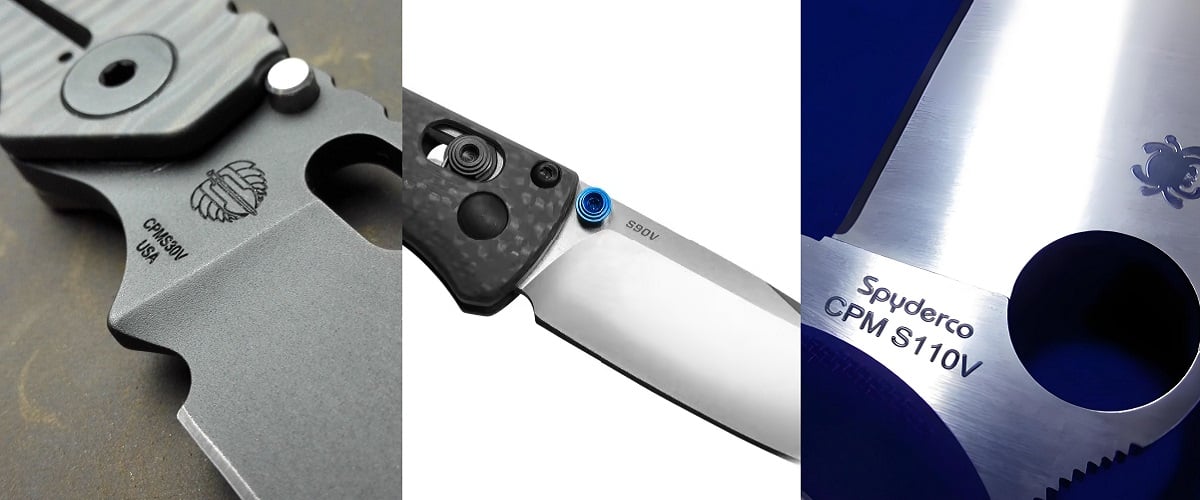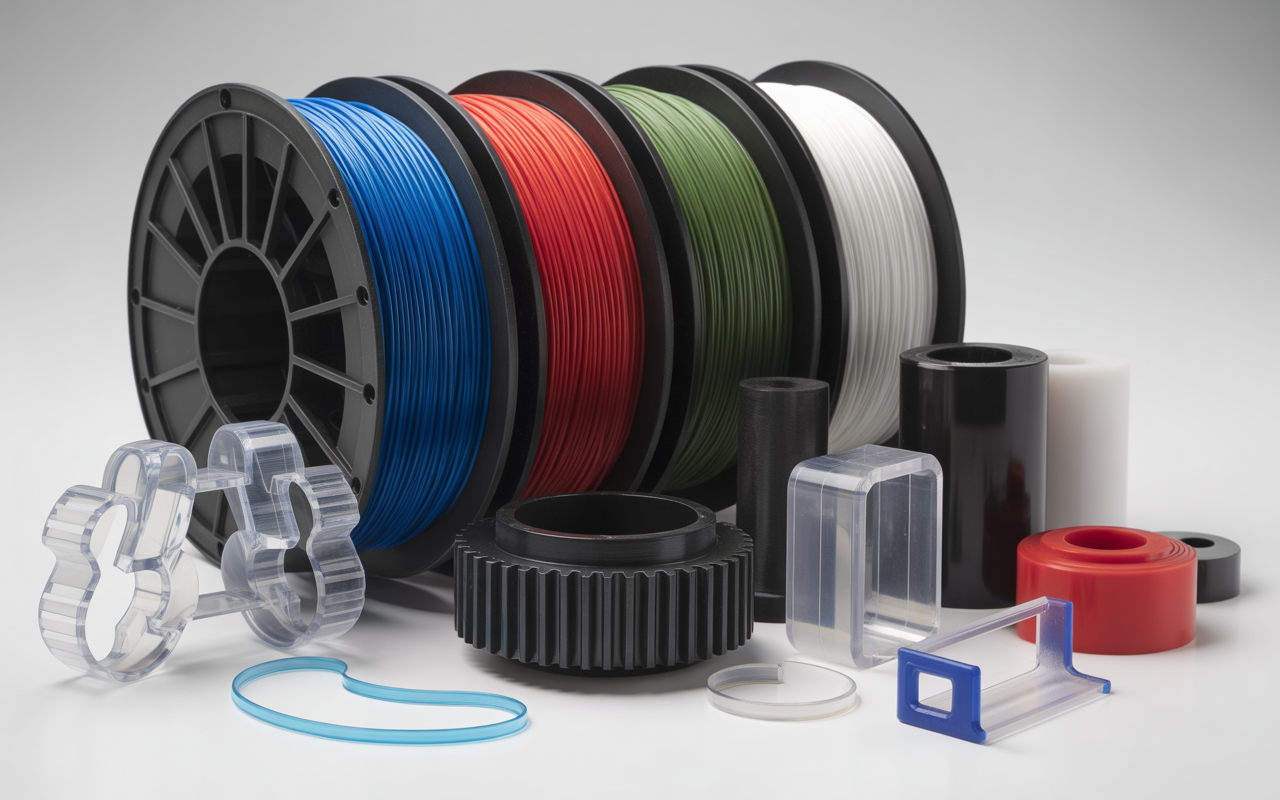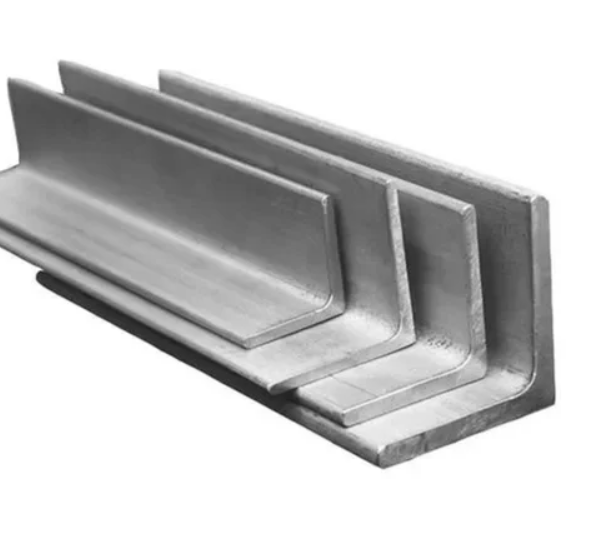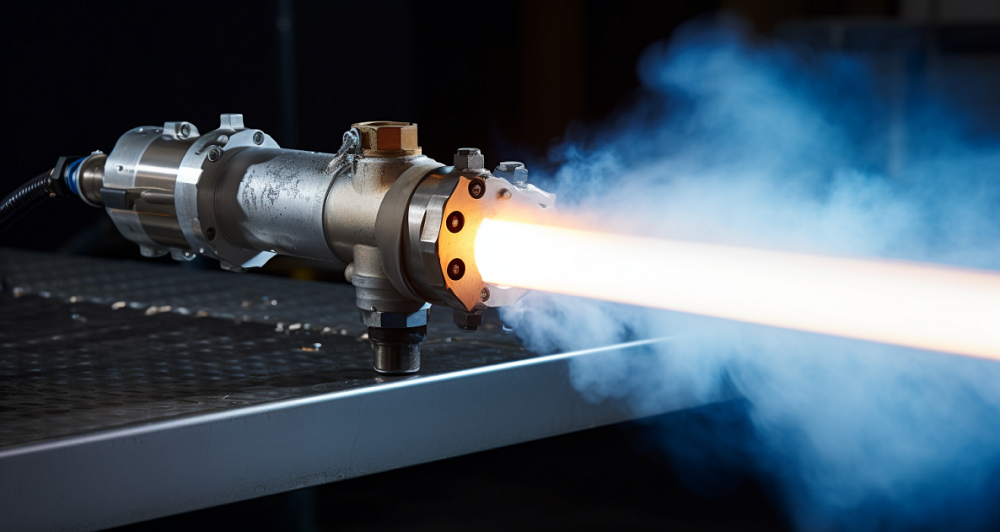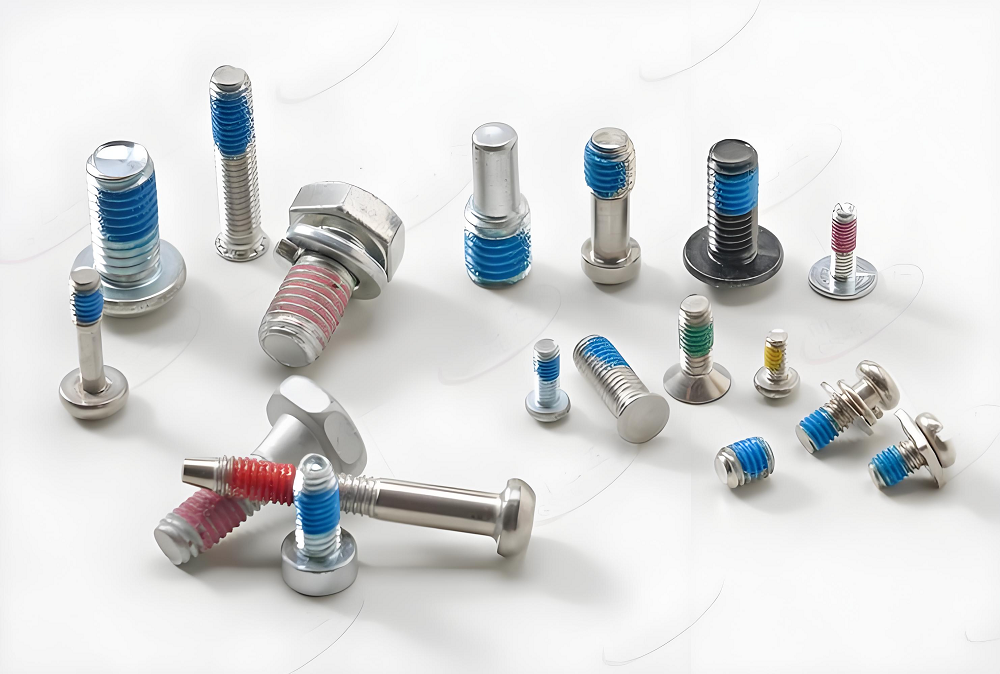In this article, let’s explore the production of screws, which involves the machining methods, surface treatment types, and common materials.
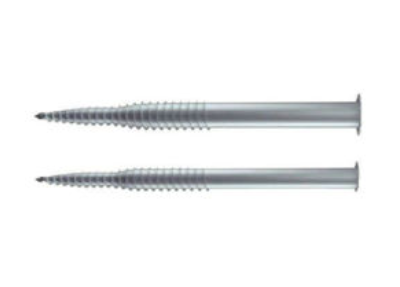
Machining Methods of Screws
1. Turning is a common method used to manufacture screws. It involves rotating a cylindrical workpiece on a lathe while a cutting tool removes material to create the screw’s desired shape and dimensions. Turning is suitable for producing screws with straight or tapered external threads.
2. Forging is a process that involves applying high pressure to shape and deform metal into the desired screw shape. Forged screws are typically produced by heating metal to a malleable state and then hammering or pressing it into the desired form. Forging can provide excellent strength and durability to screws, making them suitable for demanding applications.
3. Cold heading, also known as cold forming, is a process where a slug or blank of metal is deformed under high pressure into a die to form the screw’s shape. Cold heading is mainly used for manufacturing screws with a head, including socket head, pan head, or flat head screws. This process is highly efficient and commonly used for mass production.
4. Thread rolling is a method for producing threads on screws. It involves deforming the material by pressing it between a rotating set of dies, which form the thread profile. Thread rolling can create stronger and more precise threads compared to conventional cutting methods.
5. Extrusion is a process where a heated metal billet is forced through a die to create the screw’s desired shape and profile. It is often used for producing screws with complex features or specialized profiles.
6. Grinding is a precision machining method used to refine the dimensions and surface finish of screws. It involves removing material from the screw using abrasive wheels or belts to achieve tight tolerances and a smooth surface.
Common Screw Materials – What Are Screws Made From?
The main standard components on the market are made from carbon steel, stainless steel, and copper.
1. Carbon steel is a popular material for screws due to its strength, affordability, and wide availability.
– Low Carbon Steel: Contains a carbon content not higher than 0.25%, including 1008, 1015, 1018, 1022, SAE1215, etc, mainly used for products without hardness requirements such as grade 4.8 bolts and grade 4 nuts, small screws, etc
– Medium Carbon Steel: Contains a carbon content between 0.25% and 0.6%, such as 1035, CH38F, 1039, 40ACR, etc., mainly used for grade 8 nuts, grade 8.8 bolts, and grade 8.8 hexagonal products.
– High Carbon Steel: Contains a carbon content higher than 0.6%, it is basically not used in the market now.
2. Stainless steel: an alloy composed of iron, chromium, and other elements, such as nickel or molybdenum. The presence of chromium forms a protective oxide layer on the surface, known as chromium oxide, which provides excellent corrosion resistance. Stainless steel screws are widely used in both indoor and outdoor applications exposed to corrosive environments, as they offer good strength and durability. sus302, sus304 and sus316 are popular grades.
3. Copper: H62, H65 and H68 are usually used to produce standard components. Copper screws are appreciated for their excellent electrical conductivity, thermal conductivity, and corrosion resistance. They find application in electrical and electronic industries, plumbing, and areas where copper’s unique properties are advantageous. However, copper is relatively softer compared to steel, which may impact its load-bearing capabilities and durability in certain applications.
Impact of various elements in the material on the properties of steel:
– Carbon (C): Carbon content significantly affects the hardness, strength, and machinability of steel. Higher carbon content increases hardness and strength but reduces ductility and toughness. Lower carbon content improves ductility but reduces hardness and strength.
– Iron (Fe): The main constituent of steel, iron provides the structural base and contributes to its magnetic properties.
– Chromium (Cr): Chromium improves corrosion resistance, hardenability, and wear resistance in steel. It forms a protective oxide layer on the surface, known as chromium oxide, which helps prevent oxidation and corrosion.
– Nickel (Ni): Nickel enhances corrosion resistance, strength, and toughness of steel. It improves the material’s ability to withstand high temperatures and provides resistance to acidic and alkaline environments.
– Manganese (Mn): Manganese increases strength and hardness and improves hardenability. It also assists in deoxidation during steel production.
– Silicon (Si): Silicon improves steel’s strength and hardness while reducing its brittleness. It promotes the formation of a protective oxide layer and enhances resistance to oxidation and scaling.
– Vanadium (V): Vanadium refines the grain structure of steel, leading to improved strength, toughness, and heat resistance. It also helps in forming carbides, which contribute to wear resistance.
– Molybdenum (Mo): Molybdenum enhances strength, hardness, and corrosion resistance, particularly in high-temperature applications. It improves the steel’s ability to withstand aggressive chemical environments.
– Titanium (Ti): Titanium refines the grain structure of steel, improves strength, and provides resistance to corrosion and pitting. It also forms carbides, which enhance wear resistance.
– Phosphorus (P) and Sulfur (S): Phosphorus and sulfur are impurities that need to be controlled in steel production. Excessive levels can negatively impact steel’s mechanical properties, such as ductility and toughness.
Surface Treatment of Screws
1. Electroplating involves the deposition of a thin layer of metal onto the screw’s surface through an electrochemical process. The screw is immersed in an electrolyte solution along with a metal anode, and an electric current is applied, causing the metal ions to adhere to the screw’s surface. Common plating materials include zinc (galvanization), nickel, chrome, and others. Electroplating provides corrosion resistance, improved appearance, and wear resistance to the screws.
2. Passivation is a chemical process that removes free iron and other contaminants from the screw’s surface to improve its corrosion resistance. It typically involves treatment with an acidic solution, such as nitric acid or citric acid. Passivation forms a protective oxide layer on the surface, preventing corrosion and enhancing the screw’s lifespan.
3. Coatings such as zinc-rich coatings, powder coatings, or organic coatings are applied to screws to provide protection and improve appearance. These coatings can offer corrosion resistance, abrasion resistance, or specific functionalities like low-friction coatings or heat resistance. Coatings are usually applied through processes such as spraying, dipping, or powder coating.
4. Nylock coating, also known as nylon patch or nylon insert, involves applying a pre-applied nylon element to the screw’s thread. The nylon element acts as a prevailing torque feature, providing resistance to loosening due to vibrations. Nylock coating is commonly used in applications where maintaining the screw’s tightness is critical.
5. Heat Treatment: Heat treatment processes, such as annealing, quenching, tempering, or case hardening, are employed to alter the mechanical properties of screws. These processes can enhance the screw’s strength, hardness, or toughness, depending on the specific treatment used.


